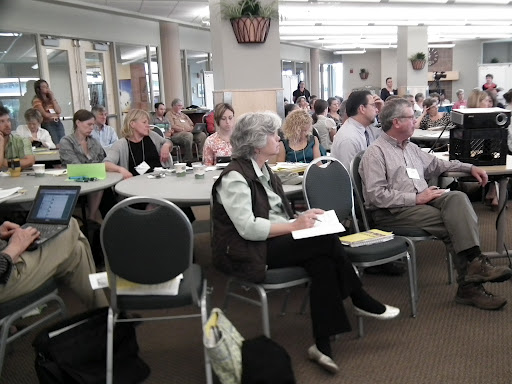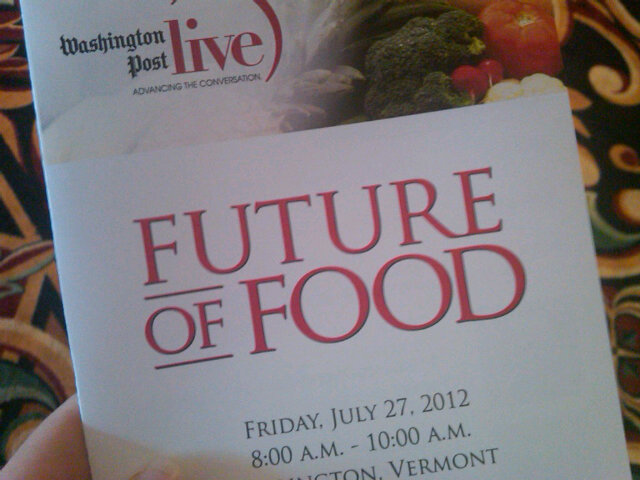All 17 videos are in the Youtube playlist above.
Themes
-
UVM Food Systems Resources
Blogroll
- Beginning Farmers
- Chelsea Green
- Civil Eats
- CNN Eatocracy
- Ecocentric
- Epicurious Epi-log
- Ethicurean
- Field Notes
- Food + Tech Connect
- Michael Pollan
- New York Times Diner's Journal
- NPR's The Salt
- On Food (Mark Bittman's Blog)
- Politics of the Plate
- Smithsonian Food & Think
- The Greenhorns Blog
- Vermont New Farmer Network
- Women's Agricultural Network














